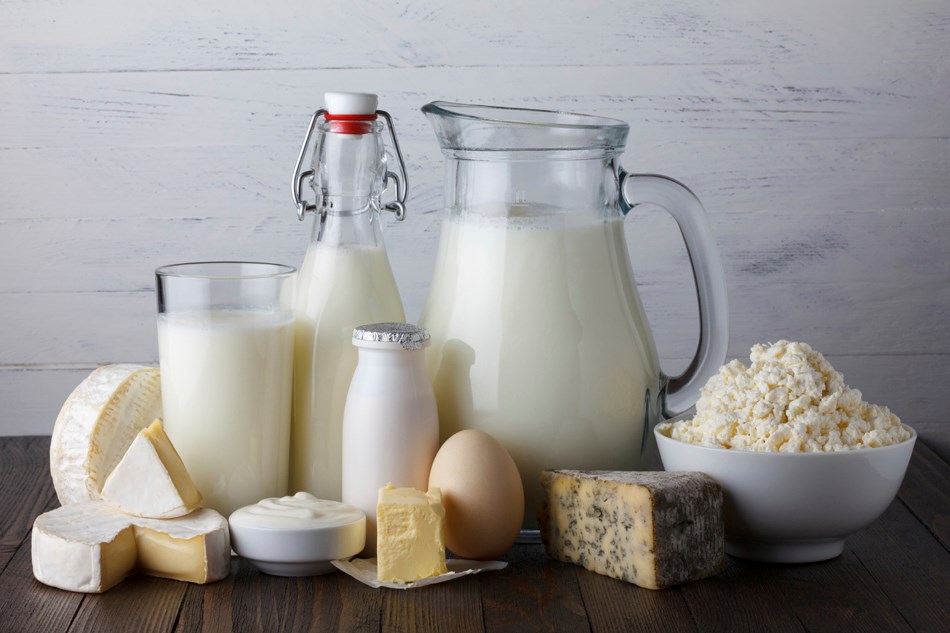Do we really need dairy? I feel like this a question that we seldom ask ourselves. And if we do, we usually come up with a quick yes, after all, where else would we get our calcium and protein from, right?
There is much debate about whether or not we can get enough calcium from a whole food, plant-based diet that does not include dairy. In fact, it’s something vegans hear all too often. For decades we have been told that dairy is the answer to a balanced diet and healthy lifestyle, and although it has been sold to us as a holy truth, is it?
Let’s take a look at milk. One could argue that since we are the only species to drink milk in adulthood and the only species to drink milk from another species, it’s a bit unnatural. Most people drink cow’s milk, which is formulated for growing calves. Last I checked human babies were not calves, and adults do not need to grow, unless I missed something in my anatomy and biology classes.
As we age, most of us start slowly losing the ability to break down lactose becoming lactose intolerant, but before nature even takes its course, many already suffer from dairy allergies or intolerances that they either ignore or don't notice, letting it cause havoc on their system.
So why are we being told to consume dairy – especially milk – in large amounts on a daily basis?
Because dairy is a huge industry, folks. So big that they have had a part in creating our food guide, which encourages the intake of dairy as a means of getting our regular calcium intake, even though there are a lot of other great sources of calcium out there.
But given that 75 per cent of the world is lactose intolerant, maybe we should at the very least start cutting down. After all, the majority of humans on this planet are prone to uncomfortable digestive symptoms (and other nasty stuff) because they are unable to digest the natural lactose sugar found in dairy products.
But if you like the stuff, and can digest it, then I would suggest getting your dairy from grass-fed, local, ethically-raised teats. Not all milk and dairy products are the same, and they vary greatly in quality depending on how the cows were raised and fed. Let's take a brief look at raw milk for example; this is milk that has not been pasteurized. Pasteurization is the process in which the milk is briefly heated to kill potentially harmful pathogens. However, it also destroys many of the health benefits, and it is illegal to sell raw milk. The authorities take it quite seriously, to the point where there are lawsuits and in some cases jail time... for milk. I understand the idea of trying to keep the public “safe,” but sometimes I feel like there are other things that require the attention of our justice system.
If you are now turned off milk or weren’t partaking anyway, but are still wondering where your calcium can come from, some great foods to add to your diet include sesame seeds, broccoli, leafy greens, sardines, and turnip greens.
Garlic Sage Broccoli
Ingredients:
1 bunch broccoli
2 cloves garlic (crushed)
1 tbsp olive oil
3 sage leaves (finely cut)
Sea salt and pepper
Directions:
• Steam broccoli and place on cookie sheet when you can put a fork through it.
• In a small bowl, mix olive oil and all other ingredients.
• Pour olive oil mixture over top of broccoli.
• Bake at 400 F for 10-12 minutes.



